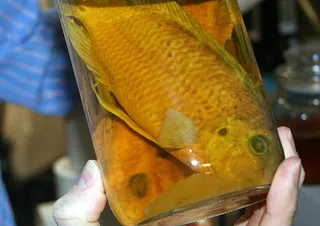Just when you think you know what you're talking about they throw some curves at you:
The Crenicichla have been reclassified - Aquarium Glaser GmbH
Revision of the generic classification of pike cichlids using an integrative phylogenetic approach (Cichlidae: tribe Geophagini: subtribe Crenicichlina) | Zoological Journal of the Linnean Society | Oxford Academic (oup.com)
The Crenicichla have been reclassified - Aquarium Glaser GmbH
Revision of the generic classification of pike cichlids using an integrative phylogenetic approach (Cichlidae: tribe Geophagini: subtribe Crenicichlina) | Zoological Journal of the Linnean Society | Oxford Academic (oup.com)






